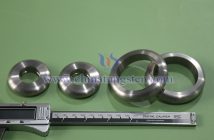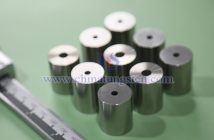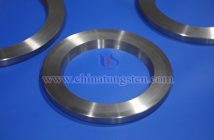The application of tungsten wire in glass heat treatment is mainly reflected in its use as an efficient heating element. Because of its high melting point (about 3422°C), good conductivity and thermal stability, it is particularly suitable for heating needs in high temperature environments. The following are the specific applications and functions of tungsten wire in glass heat treatment:
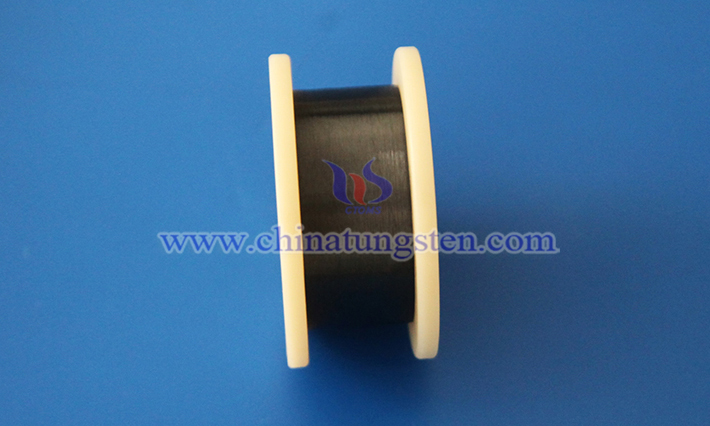
1. Glass Melting and Forming
Tungsten wire is often used in glass melting furnaces or heating equipment as a resistance heating element to provide high temperature to melt glass raw materials. Tungsten wire can withstand extremely high temperatures to ensure that the glass reaches a uniform liquid state during the melting process, which is convenient for subsequent forming. In addition, in the production of precision glass products (such as optical glass and laboratory utensils), tungsten wire heaters can accurately control the temperature to meet strict process requirements.
2. Glass Annealing
The annealing process in glass heat treatment requires slow and uniform heating and cooling to eliminate internal stress in the glass. Tungsten filament heaters are used in annealing furnaces because of their fast thermal response and uniform temperature distribution to ensure the quality and stability of glass products.
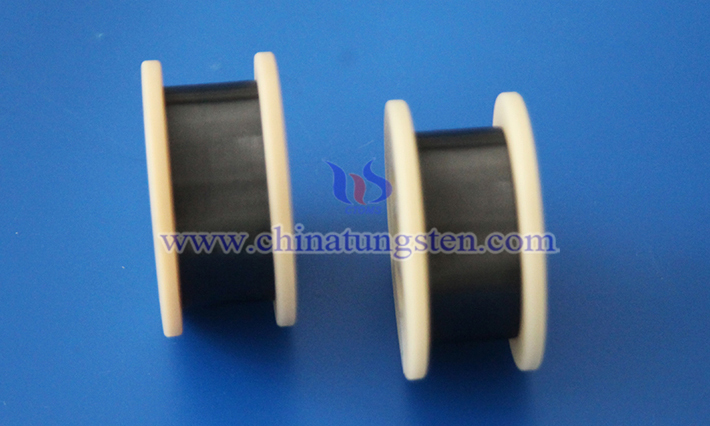
3. Glass Drawing and Fiber Manufacturing
When producing glass fibers or small glass tubes, tungsten filaments can be used as heating elements to accurately control the temperature during the drawing process, so that the glass maintains the appropriate viscosity and is easy to draw into filaments or tubular structures.
4. Special Glass Processing
When producing high-temperature glass (such as quartz glass) or special glass, tungsten filaments are ideal for heating furnaces due to their high melting point and chemical stability. For example, quartz glass has an extremely high melting point, which is difficult for ordinary heating materials to handle, but tungsten filaments can easily handle it.

